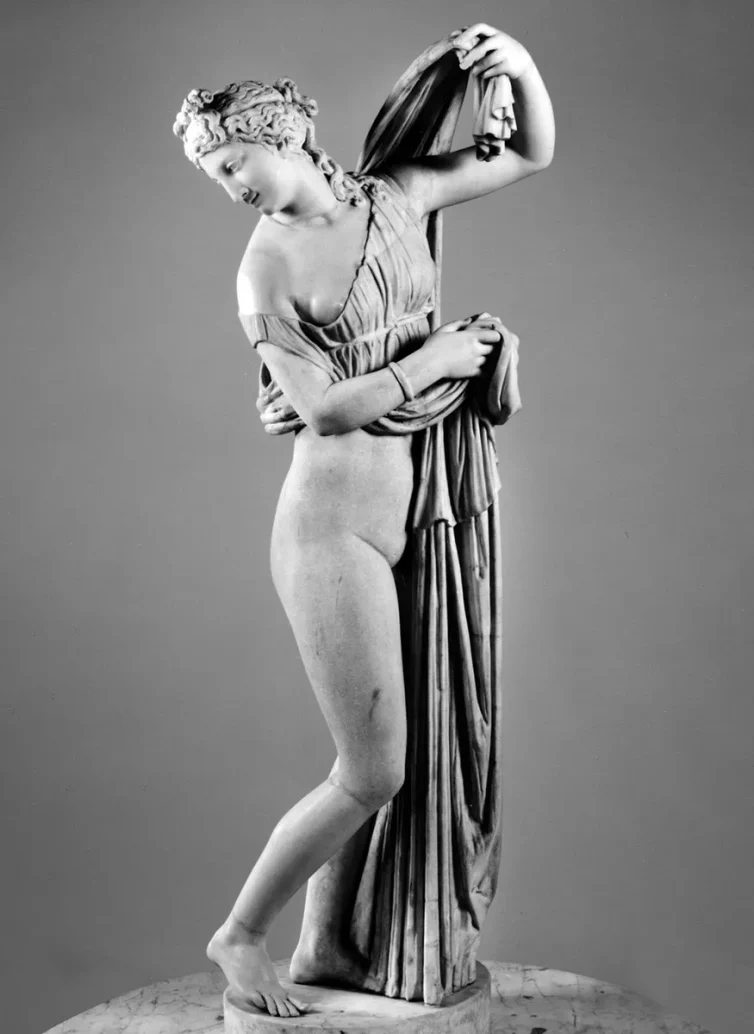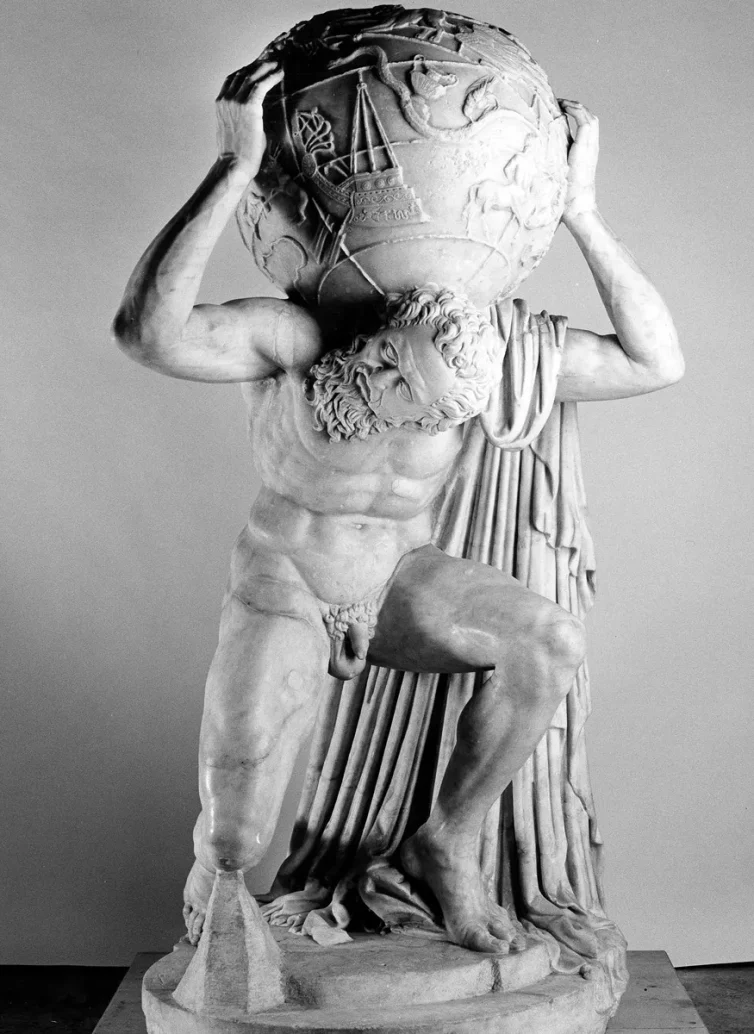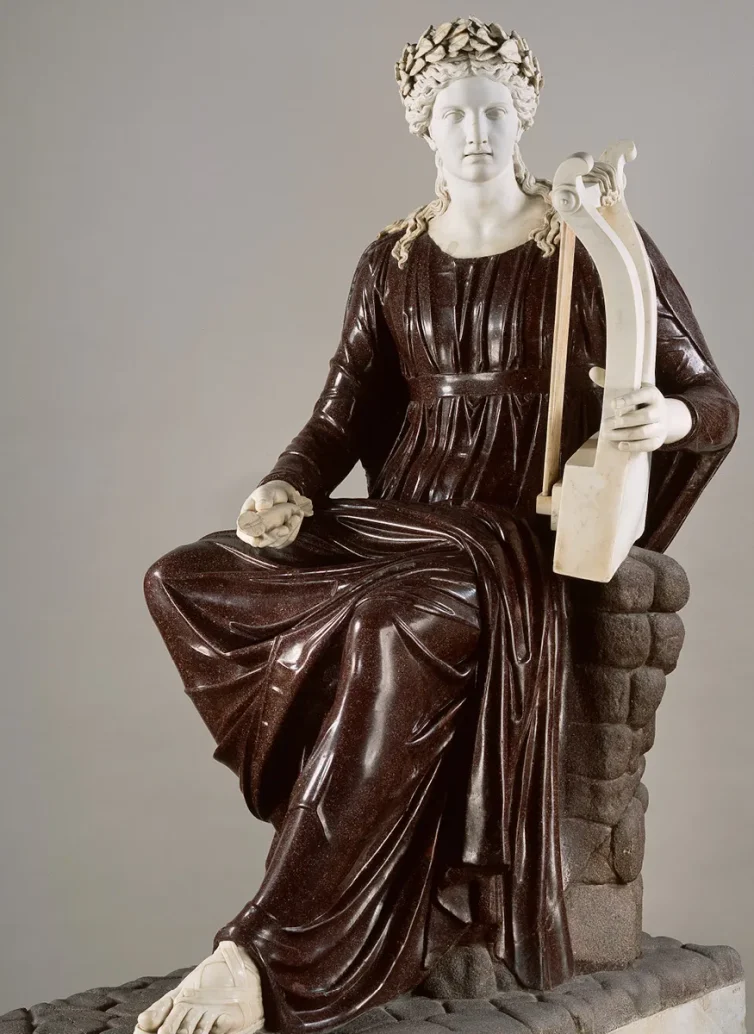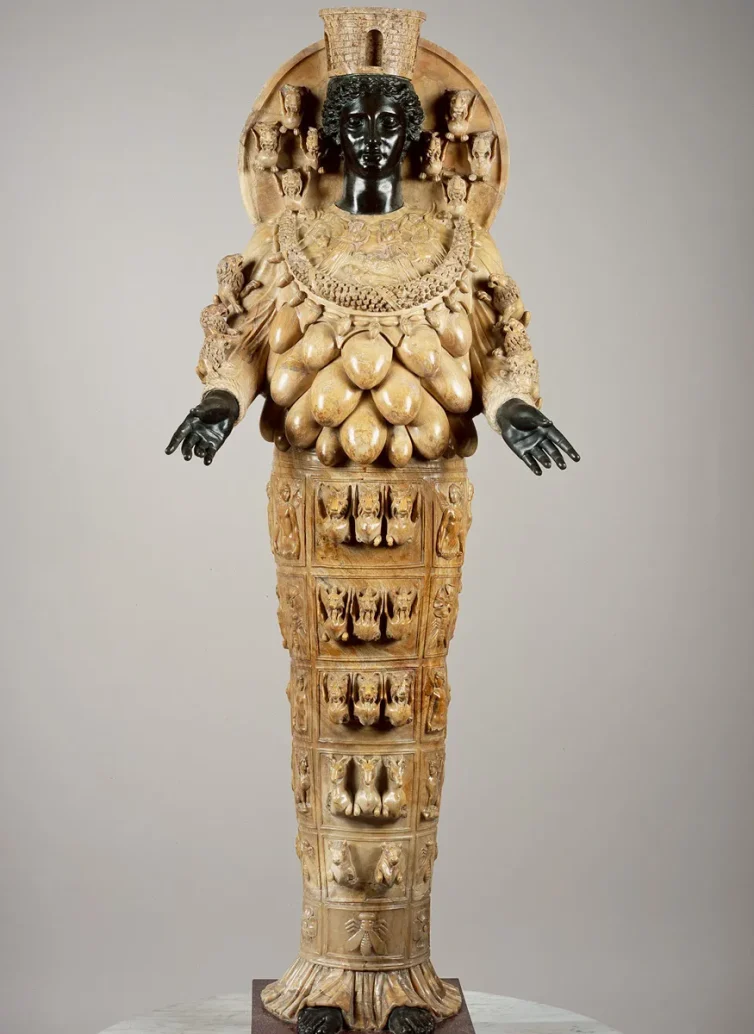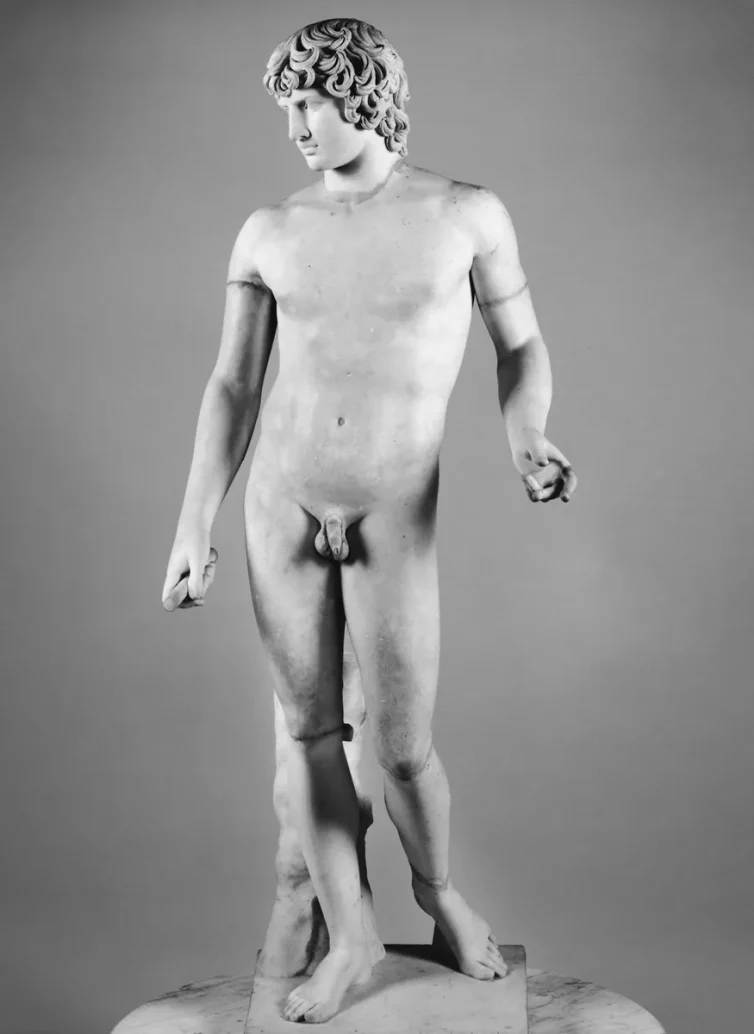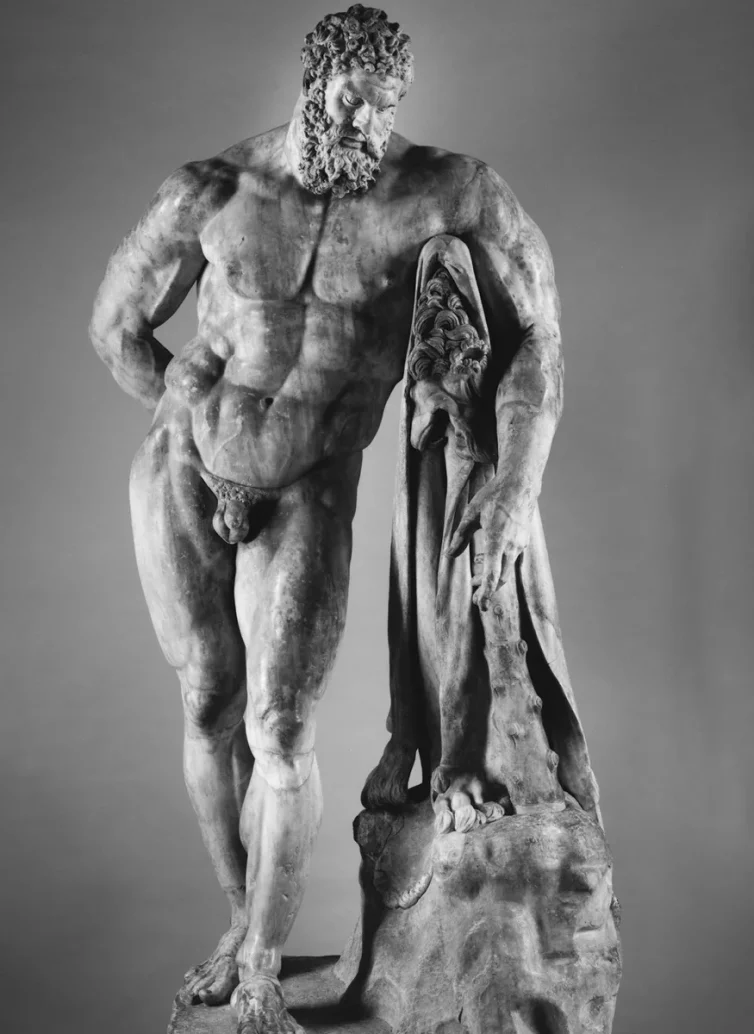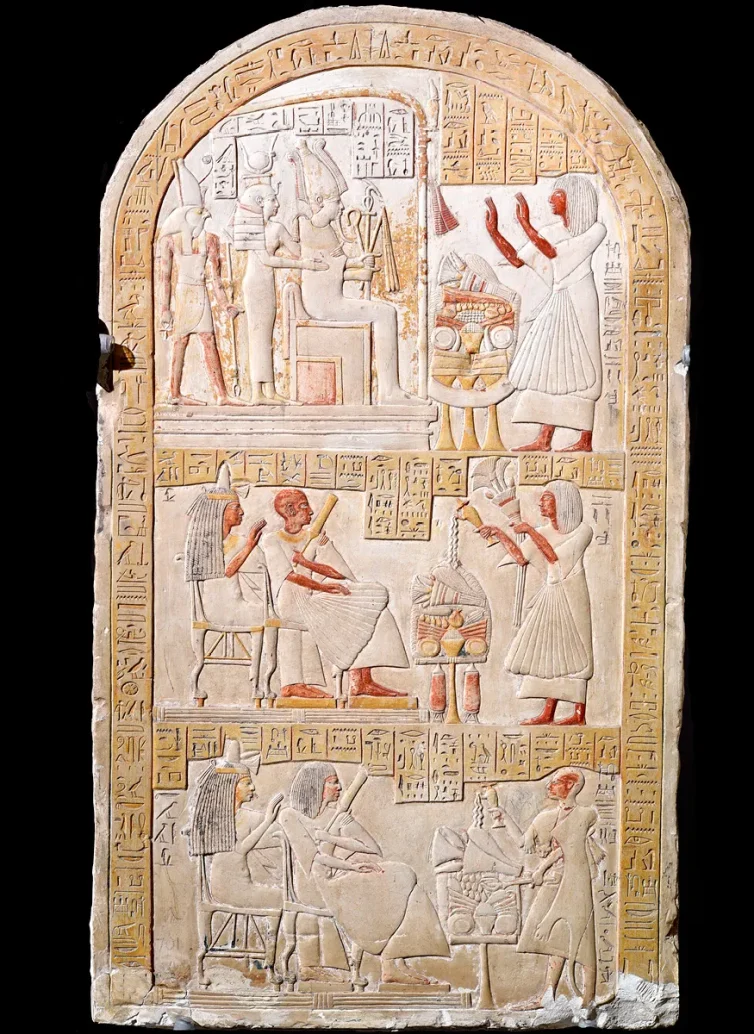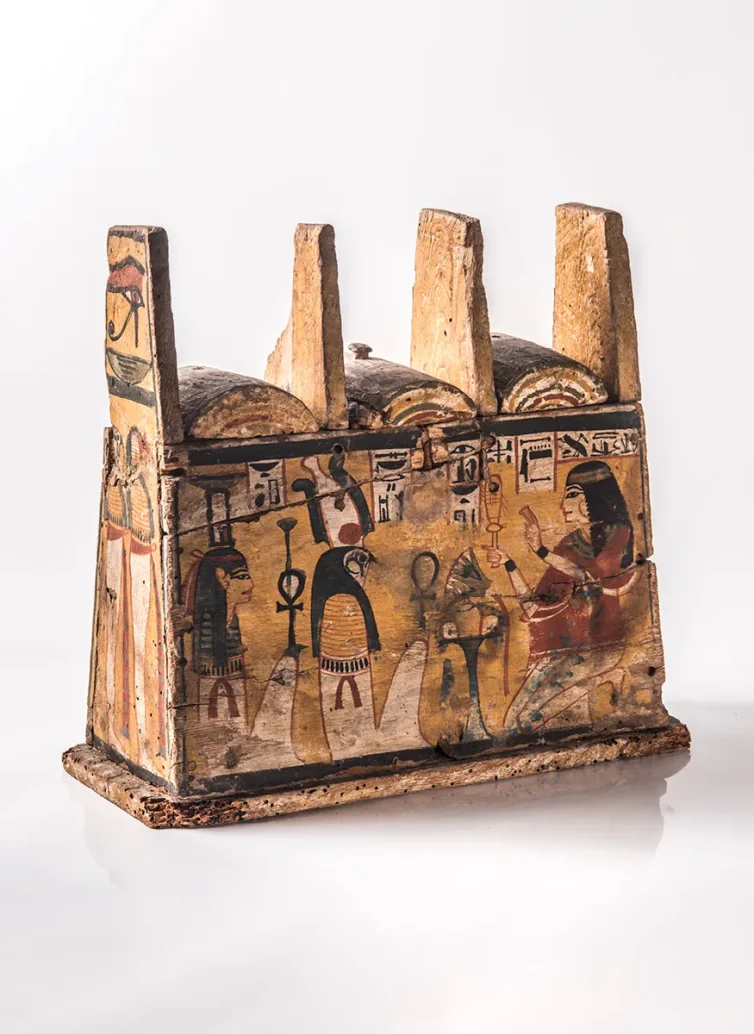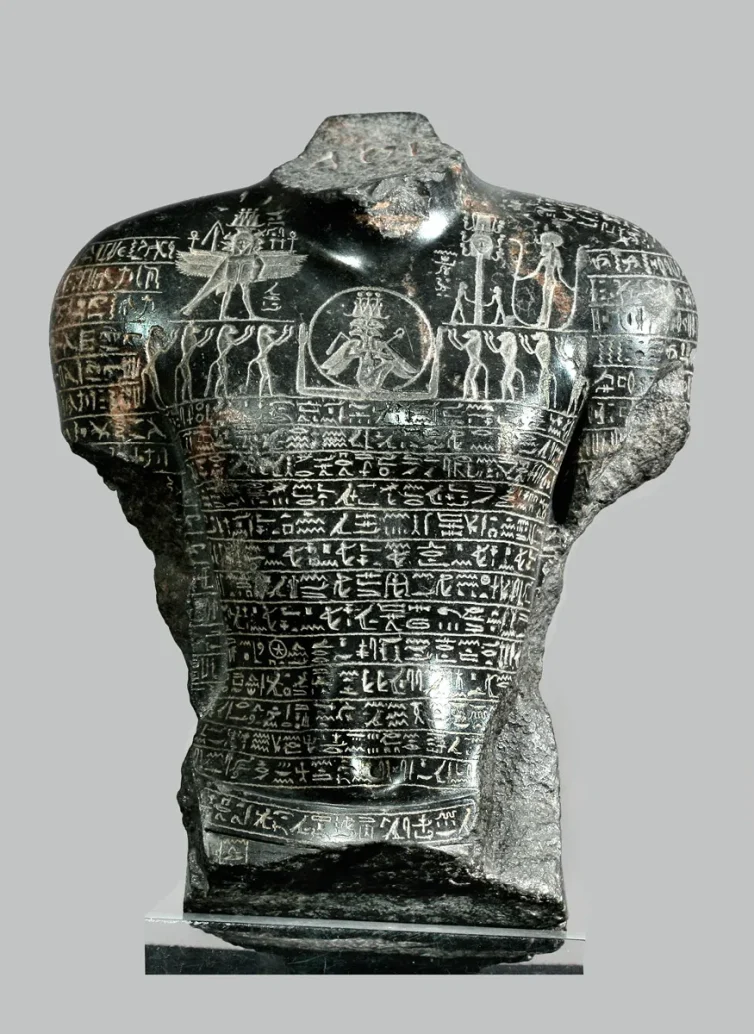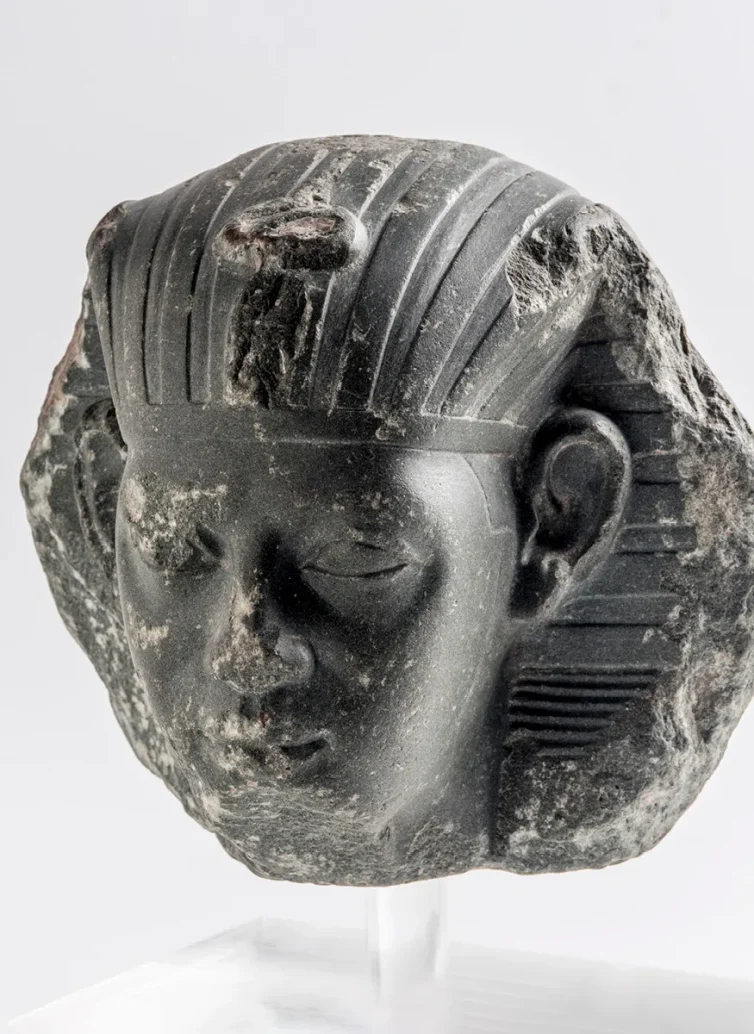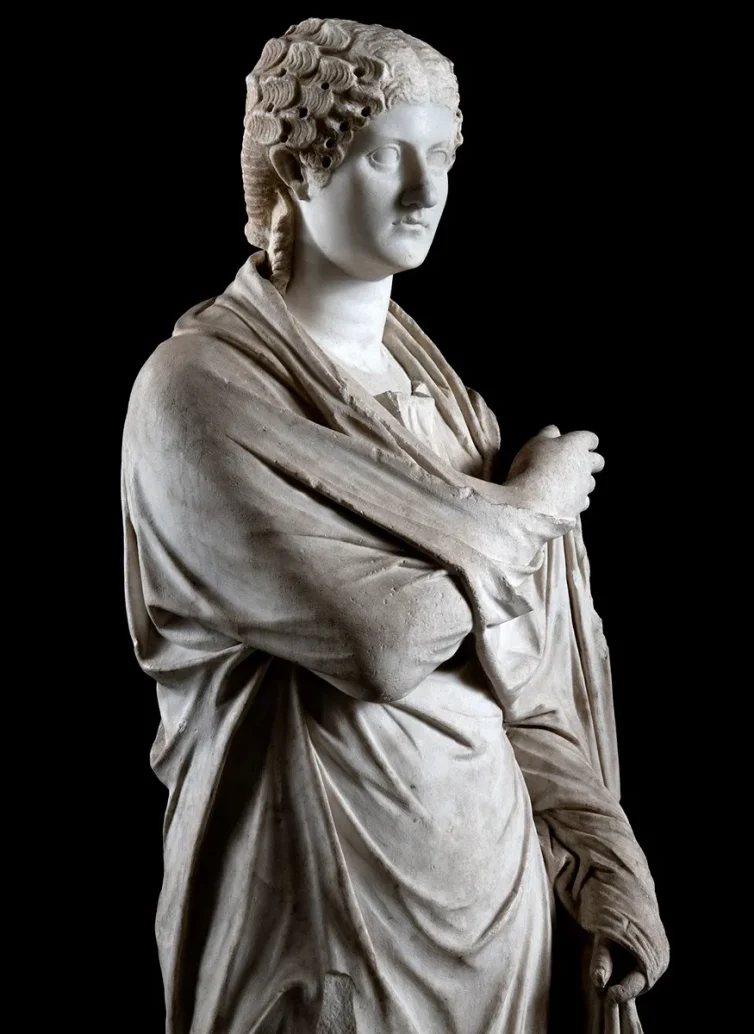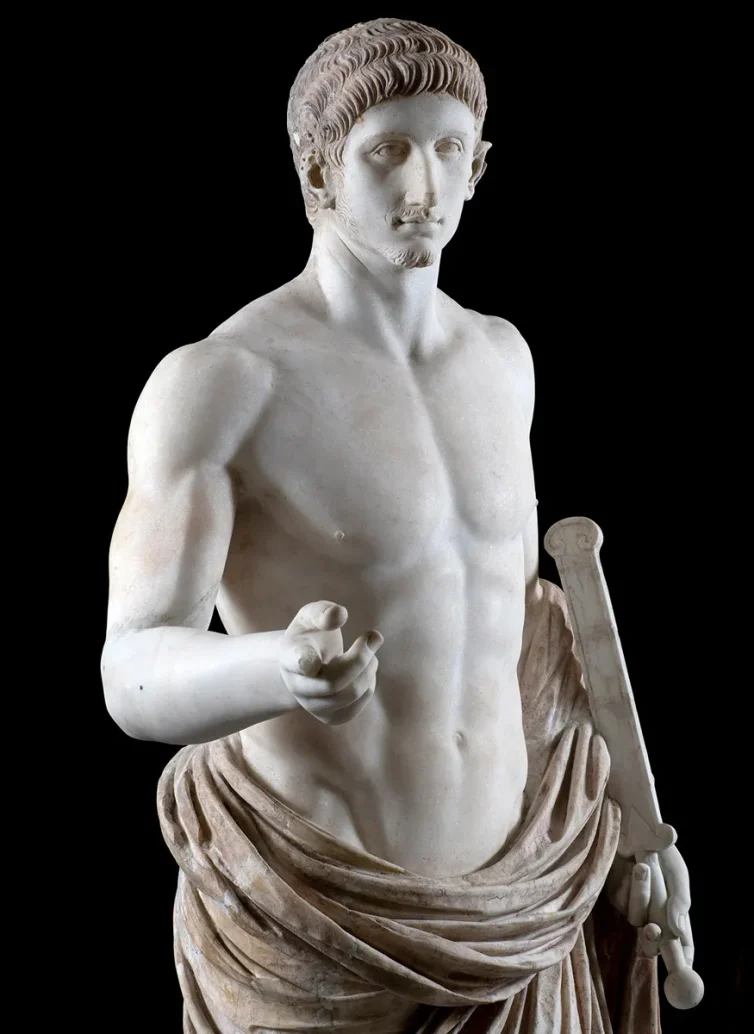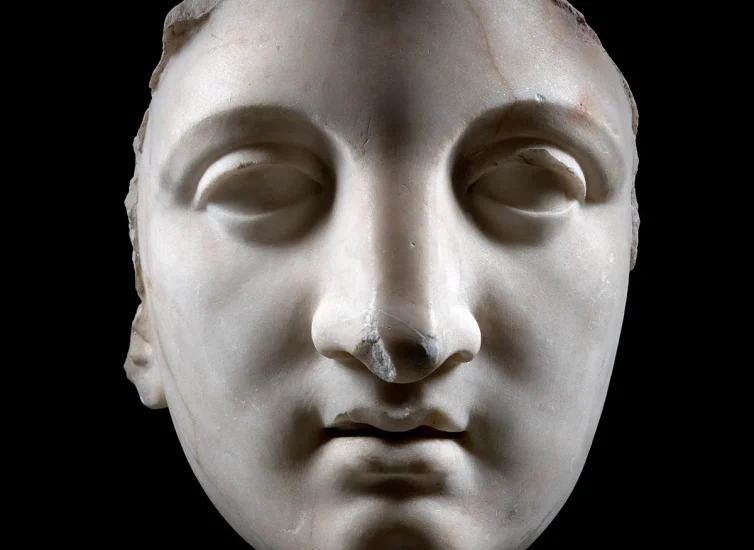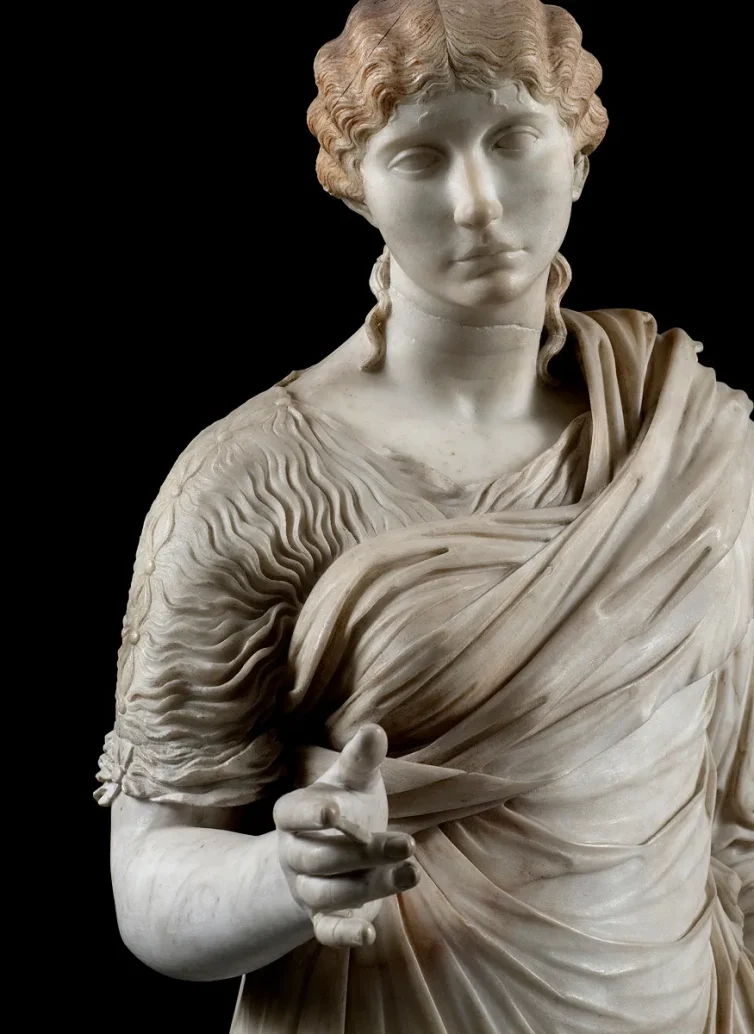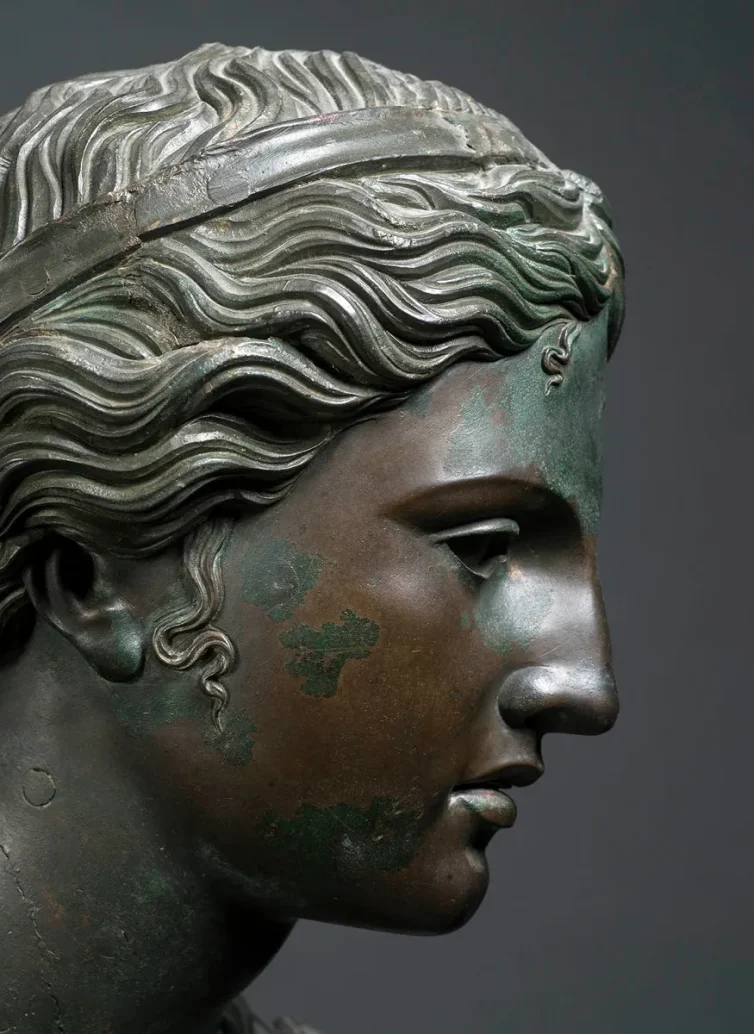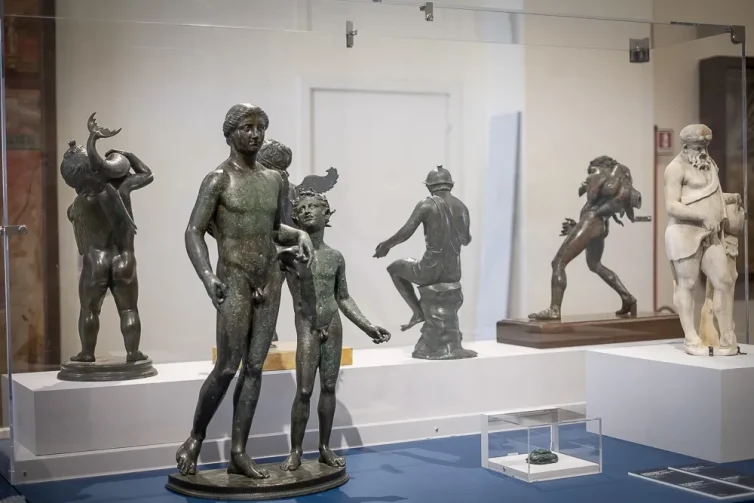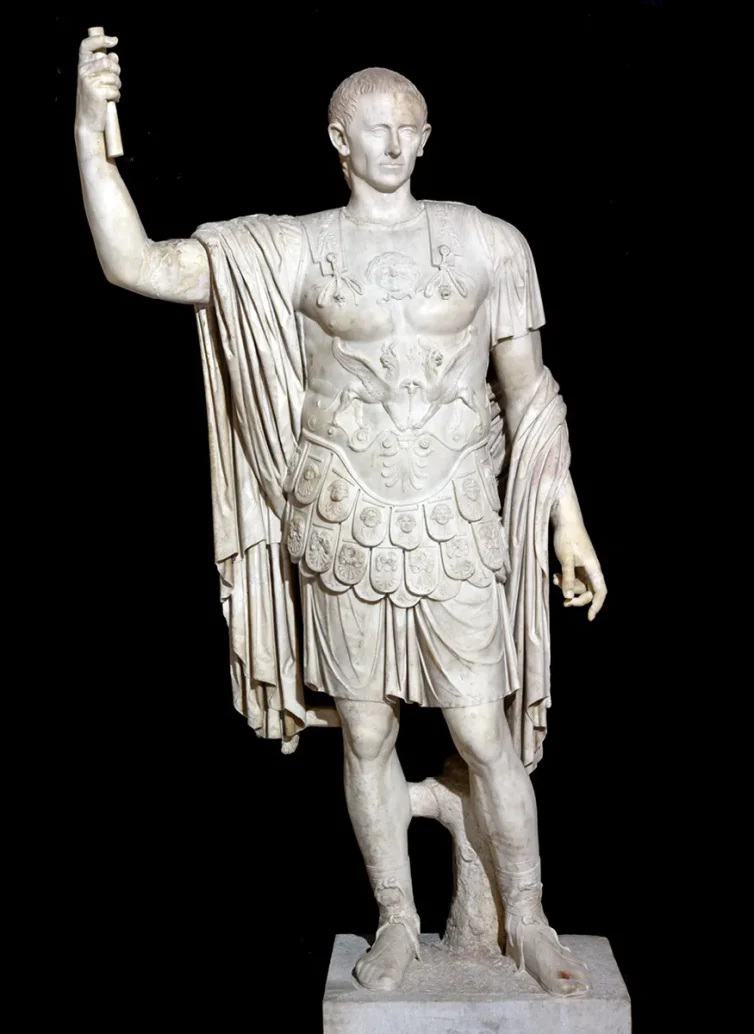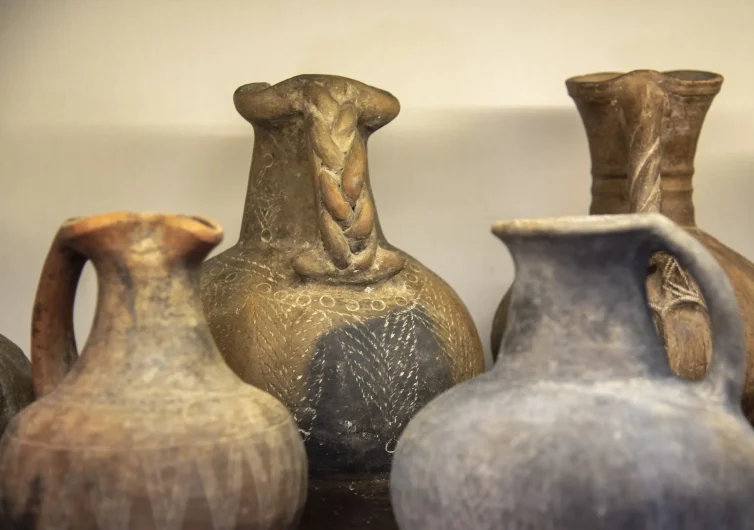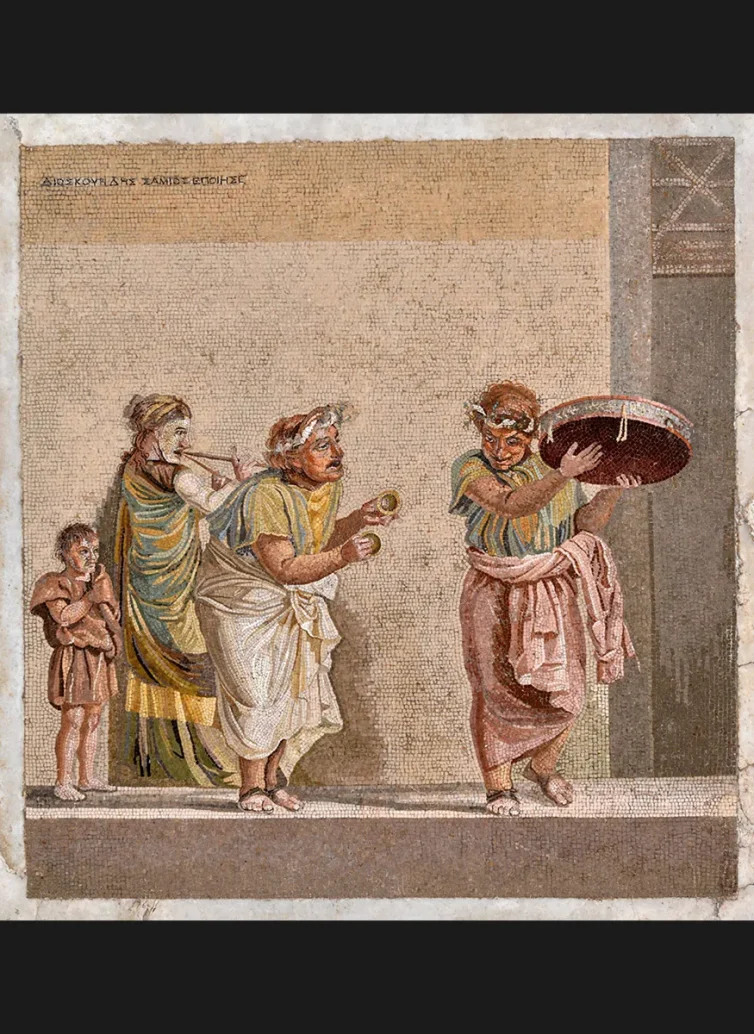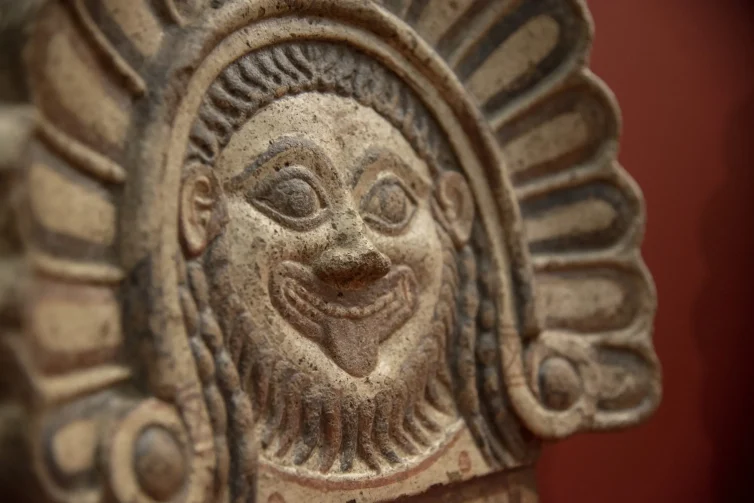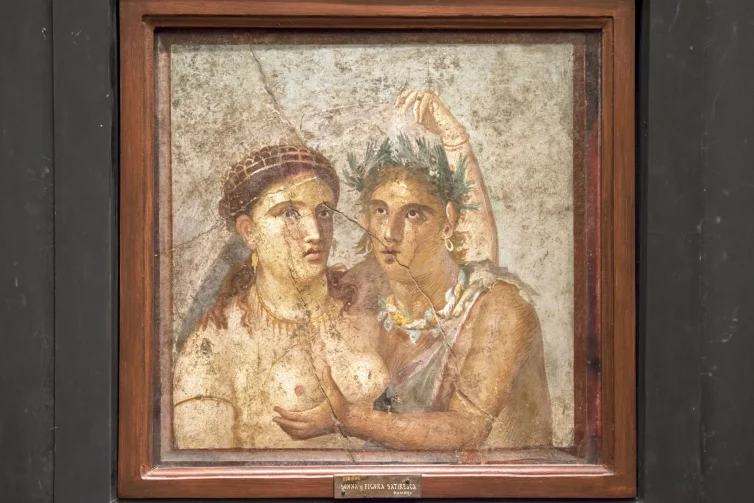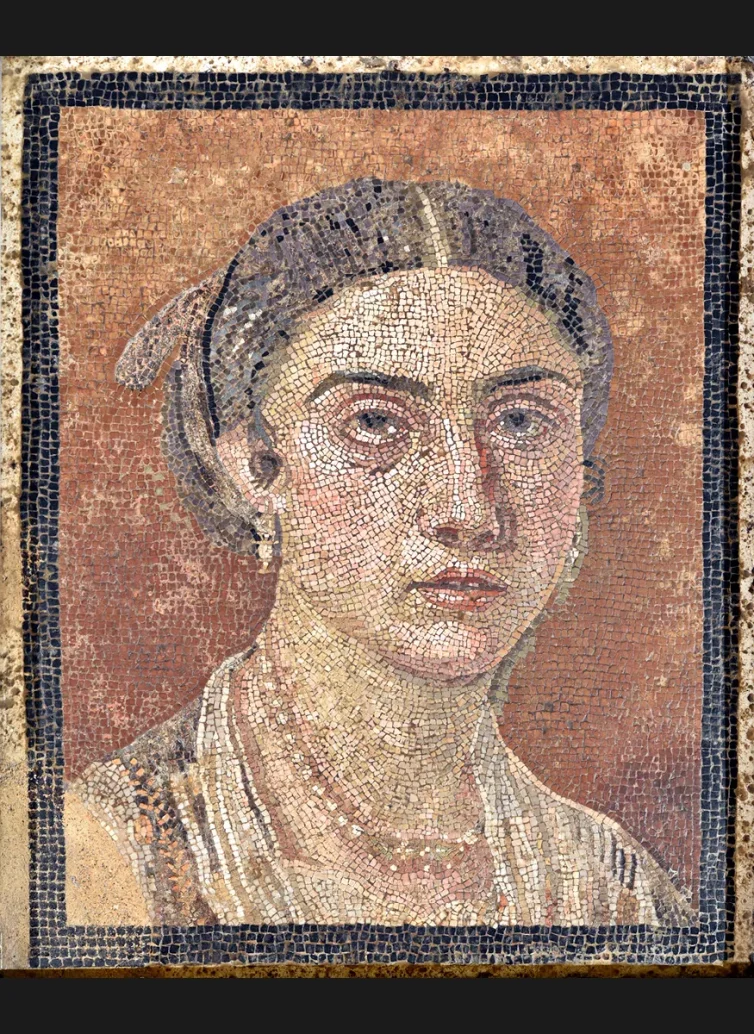MANN – National Archaeological Museum of Naples
Naples, a city where history breathes through its vibrant streets and ancient ruins, offers a journey back in time to every visitor. Amidst its many cultural gems, the National Archaeological Museum of Naples (MANN) stands as a beacon of history and art. Renowned for its rich collections, MANN is not just a museum; it’s a gateway to the past.
Here, amidst timeless artifacts, visitors are transported to ancient civilizations, walking alongside the Romans and peering into their lives. This museum, one of the most important in Italy and indeed Europe, holds secrets of the ancient world, making it an essential stop for anyone interested in history, archaeology, or art.
In the following sections, we will explore the museum’s permanent exhibits, its renowned Pompeii collections, and some of its most famous displays. Each section promises to unveil a part of history, telling stories that are as compelling as they are educational. So, let’s embark on this historical journey through the halls of the National Archaeological Museum of Naples.
Explore Europe's richest archaeological treasures with a licensed guide at the MANN. Unearth the secrets of Pompeii, Herculaneum. Marvel at the jewels of the Farnese collection. Discover the magnificent Greco-Roman sculptures from Campania, and immerse yourself in the captivating tales and stunning beauty of unique historical artifacts and ancient legends.
The Permanent Exhibits of the Museum
The National Archaeological Museum of Naples (MANN) is a treasure trove of artifacts that provide an unparalleled glimpse into the ancient world. Its permanent exhibits are vast and varied, showcasing items that span from the prehistoric to the late antiquity period.
One of the highlights of MANN’s permanent collection is the Farnese Collection. This impressive array of sculptures, originally belonging to the Farnese family, includes remarkable pieces like the Farnese Bull and the Farnese Hercules. These sculptures are not just exemplary displays of ancient artistry; they are also vital in understanding the aesthetics, mythology, and social values of the times they represent.
Another significant aspect of the permanent exhibits is the vast collection of mosaics and frescoes, many of which were recovered from Pompeii and Herculaneum. These pieces provide a vivid picture of everyday life in these ancient cities. The intricate mosaics, such as the famous Alexander Mosaic, display the technical skill and artistic flair of the time, while the frescoes offer a colorful glimpse into ancient domestic life.
The museum’s collection of Egyptian artifacts, one of the most important in Italy, is also noteworthy. It includes a range of items from mummies to everyday objects, providing insights into the far-reaching influence of the Egyptian civilization.
Additionally, the museum houses an extensive collection of Roman artifacts, including pottery, glassware, and everyday items. These objects tell the story of daily life in ancient Rome, from the mundane to the exquisite.
In the museum’s Coin Collection, one can explore the economic history of the ancient world. This collection features a wide range of coins, from various periods and regions, offering a unique perspective on the trade, economy, and politics of ancient civilizations.
Each artifact in the permanent collection of MANN tells a story, providing a window into the past. These stories are not just about great emperors or legendary heroes; they are also about ordinary people, their lives, and their cultures. This comprehensive and diverse collection makes the National Archaeological Museum of Naples a must-visit for anyone interested in the ancient world.
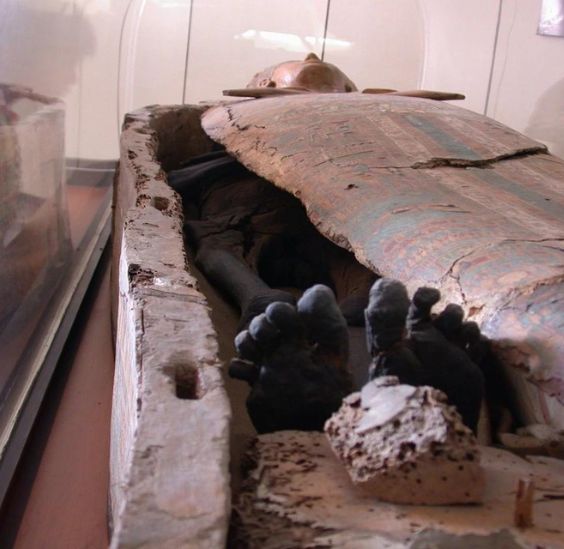
The Pompeii Exhibitions
The exhibitions of Pompeii at the National Archaeological Museum of Naples are among the most compelling and significant. These exhibits offer a unique perspective on the life, culture, and tragic end of the ancient city of Pompeii, buried under volcanic ash from the eruption of Mount Vesuvius in 79 AD.
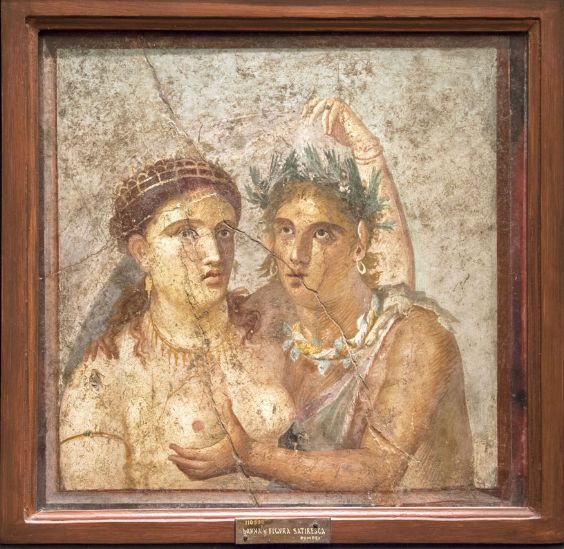
The Pompeii exhibitions are remarkable for their scale and the quality of preservation. Visitors can see a vast array of artifacts recovered from the site, including household items, jewelry, and tools. These objects paint a vivid picture of daily life in Pompeii, from the culinary habits of its inhabitants to their fashion and leisure activities.
One of the highlights is the collection of frescoes and mosaics. These pieces, with their stunning detail and vibrant colors, provide insight into the artistic sensibilities of the time. They depict various scenes, from mythological narratives to everyday life, allowing visitors to visualize the rich tapestry of Pompeii’s cultural and social life.
The exhibition also includes some of the famous casts of the victims of the eruption. These poignant displays, created by pouring plaster into the voids left by decomposed bodies, offer a haunting and emotional connection to the people who lived in Pompeii. They serve as a powerful reminder of the city’s sudden and tragic end.
Another notable aspect of the Pompeii exhibitions is the Garden of the Fugitives. This section displays casts of several victims who were attempting to flee the city. Surrounded by a recreated ancient garden, this exhibit provides a stark and moving visualization of the disaster’s human impact.
The Pompeii exhibitions at MANN do not just display artifacts; they recreate a world. Through these exhibits, visitors can walk the streets of Pompeii, enter its homes, and connect with its people. This immersive experience makes the Pompeii exhibitions a highlight of the museum and a must-see for anyone visiting Naples.
Gain immediate entry and avoid the crowds with skip-the-line access, while pre-booking your tickets provides the convenience of one less travel concern.
The Museum’s Most Famous Exhibits
The National Archaeological Museum of Naples houses some of the most famous and significant exhibits in the world of archaeology. These pieces are not just artistically splendid but also hold great historical importance.
A centerpiece of the museum’s collection is the Farnese Hercules. This colossal statue, standing at over 10 feet tall, is a masterpiece of ancient sculpture. Depicting Hercules in a moment of rest, it is celebrated for its detailed portrayal of muscularity and human form. The statue, a Roman copy of a Greek original, embodies the artistic brilliance of antiquity and is a symbol of strength and heroism.
Another renowned exhibit is the Farnese Atlas. This statue, dating back to the 2nd century AD, represents Atlas holding the celestial sphere. It is significant for being the oldest known representation of the celestial globe, depicting the constellations as known in the ancient world. This piece not only showcases the artistic skill of the time but also reflects the scientific understanding of the era.
The Alexander Mosaic, recovered from the House of the Faun in Pompeii, is another highlight. This intricate mosaic, believed to depict the Battle of Issus between Alexander the Great and Darius III of Persia, is an exceptional example of ancient mosaic art. Its dynamic composition and detailed portrayal of the battle scene make it a masterpiece of ancient art.
The Secret Cabinet, or Gabinetto Segreto, is a unique part of the museum. This section houses a collection of erotic art from Pompeii and Herculaneum. Initially accessible only to adults, it offers a candid look into the sexual mores of ancient Roman society. While controversial, these artifacts are valuable for understanding the social and cultural aspects of sexuality in the ancient world.
The museum’s collection also includes the Blue Vase, a stunning example of Roman glasswork. Made of cobalt blue glass with intricate decorations, this vase exemplifies the craftsmanship and aesthetic sensibilities of Roman artisans.
These exhibits, among others, make the National Archaeological Museum of Naples a repository of some of the most famous artifacts in the world. Each piece tells a story, offering insights into the ancient world that continue to fascinate and educate.
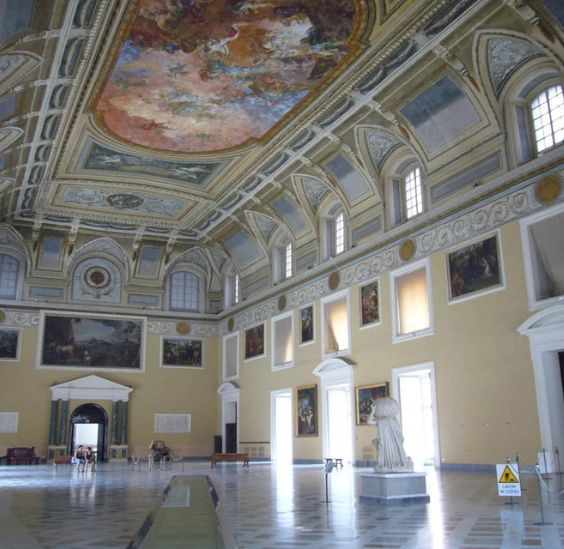
Address
Hours
9.00 am – 7.30 pm
closed on Tuesday*
Tickets
Full price – € 22.00
Reduced price – € 2.00
Family – € 40.00
Free Entry – All visitors under-18
Guided Tour and Skip the Line
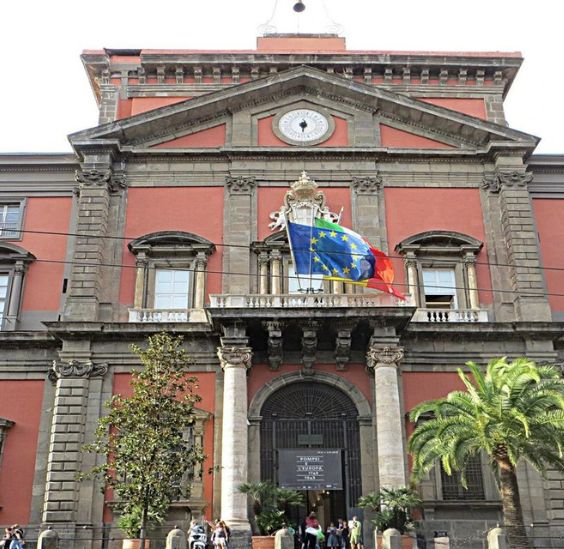
The National Archaeological Museum of Naples (MANN) is more than just a museum; it’s a portal to the past, offering a profound connection to the ancient world. Through its vast and varied collections, MANN not only preserves history but also brings it to life, allowing visitors to walk in the footsteps of ancient Romans, Greeks, and Egyptians.
The museum’s permanent exhibits, the evocative Pompeii collections, and its famous artifacts together create an unparalleled historical tapestry. These exhibits do not just display objects; they tell stories, evoke emotions, and provoke thought. They remind us of the grandeur, complexity, and also the fragility of ancient civilizations.
Visiting MANN is not just an educational experience; it’s a journey through time. It’s an opportunity to understand our past, to see the origins of our culture, and to reflect on the human experience across millennia. The museum plays a crucial role in the cultural landscape of Naples, enhancing the city’s rich heritage and making it a must-visit destination for tourists from all over the world.
As you leave the halls of the National Archaeological Museum of Naples, you carry with you the stories, the images, and the wonder of the ancient world, a testament to humanity’s enduring legacy.


